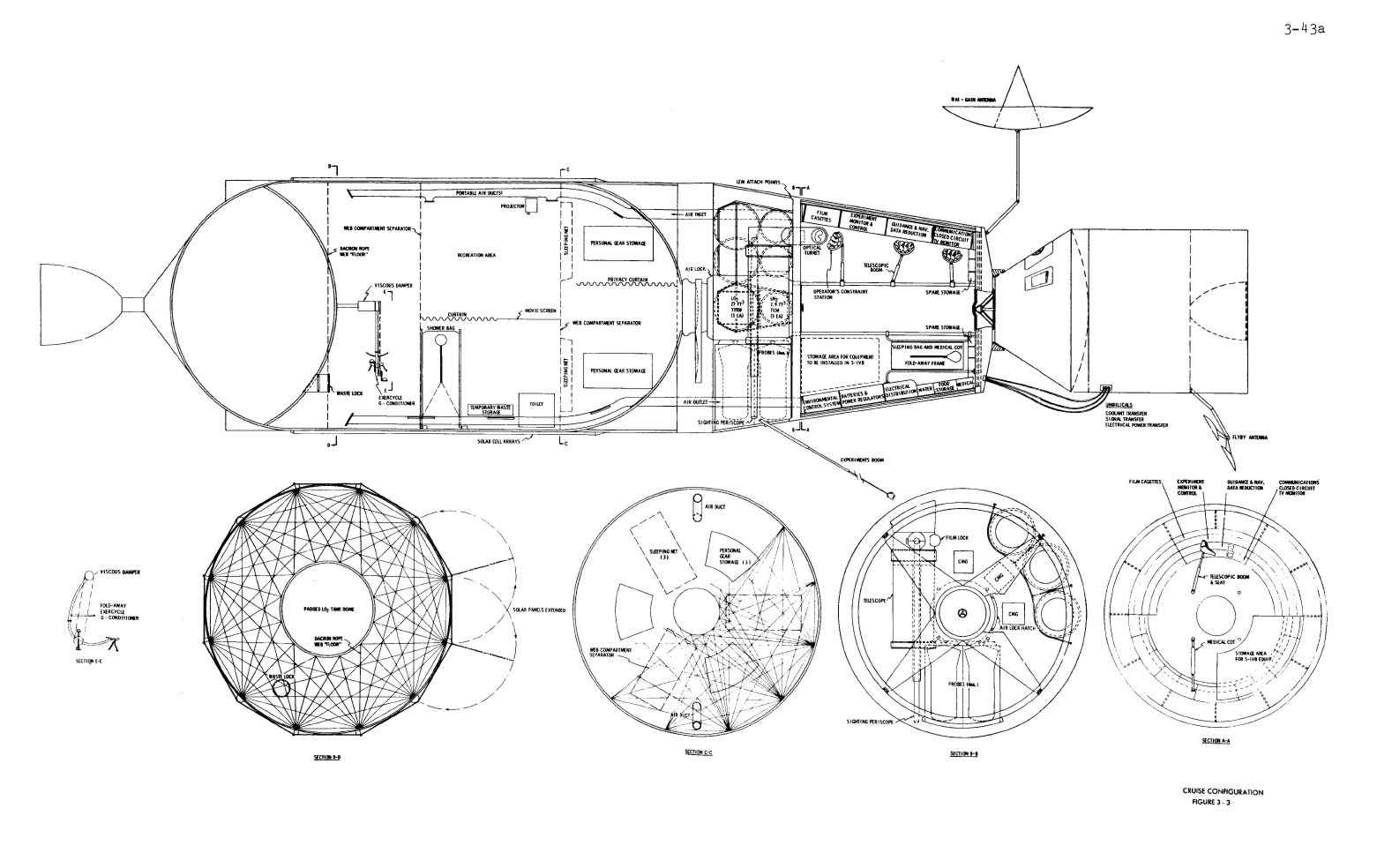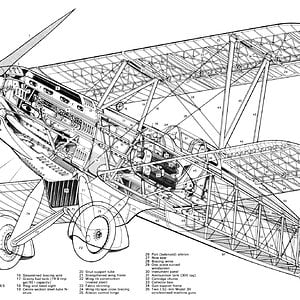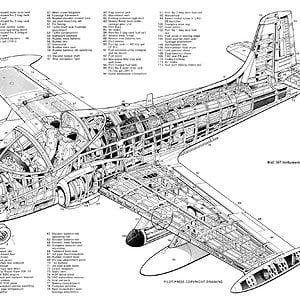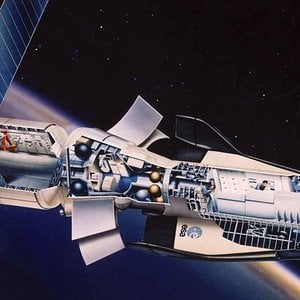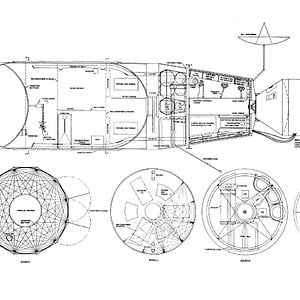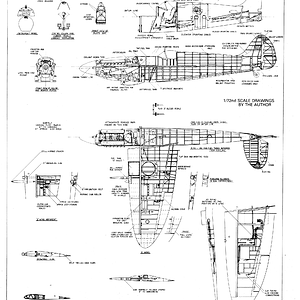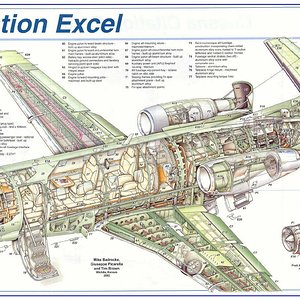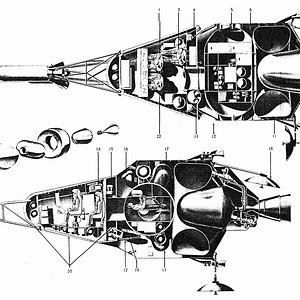Navigation
Install the app
How to install the app on iOS
Follow along with the video below to see how to install our site as a web app on your home screen.
Note: This feature may not be available in some browsers.
More options
You are using an out of date browser. It may not display this or other websites correctly.
You should upgrade or use an alternative browser.
You should upgrade or use an alternative browser.
Based on Apollo hardware, this remarkable proposal would have sent three astronauts on a year-long mission to Venus and back. Public domain image from the 1967 NASA document Manned Venus Flyby
By far the most ambitious of the AAP missions was a manned flyby of the planet Venus. After two preliminary missions in Earth orbit to test the technology, a Saturn V launch would lift an Apollo Command Module into orbit. As in a typical mission, the first two stages of the rocket would be jettisoned. However the uppermost stage, the Saturn IVB, would be kept and drained of any remaining propellant. Using gear stored where the Lunar Landing Module would have been placed in a Moon mission, the astronauts would then rig it as a habitation module.
The resulting 33-meter-long spacecraft would leave Earth orbit on October 31, 1973 and travel towards Venus for 123 days. There would be a flyby on March 3, 1974. The craft would have been aimed to pass Venus as close as 6200 kilometers above the surface (one planet radius) very quickly—orbital mechanics would have it moving relative to Venus at a clip of 16,500 kilometers per hour—crossing the lit side of the planet. A sidescan radar would map the portion of the planet they could see as they flew by, and the astronauts would perform spectroscopic and photographic studies.
A series of probes was to be dropped by the spacecraft, and they were specifically enumerated in the proposal for the Triple Flyby variant of this mission that was mentioned earlier. Near closest approach the MVF would launch an orbiter and fourteen planetary probes; the probes would communicate with the orbiter, which would then beam the results back to Earth. Altogether the probes were:
Six atmospheric probes, which would enter the atmosphere at six locations: the planet’s solar and anti-solar points, its terminator and equator, and the middle of the light and dark sides. They would drop in ballistically and try to determine how Venus’ atmosphere increased in density the closer one got to the surface.
Four meteorological balloon probes. They would float in the atmosphere and try to learn how the Venusian atmosphere circulated as well as study smaller-scale winds.
Two “crash-landing” probes that would try to photograph the surface on the way down, much like Rangers 7, 8, and 9 did with the Moon.
Two soft-landers that would take surface photographs, examine the soil, and measure Venusian weather.
By far the most ambitious of the AAP missions was a manned flyby of the planet Venus. After two preliminary missions in Earth orbit to test the technology, a Saturn V launch would lift an Apollo Command Module into orbit. As in a typical mission, the first two stages of the rocket would be jettisoned. However the uppermost stage, the Saturn IVB, would be kept and drained of any remaining propellant. Using gear stored where the Lunar Landing Module would have been placed in a Moon mission, the astronauts would then rig it as a habitation module.
The resulting 33-meter-long spacecraft would leave Earth orbit on October 31, 1973 and travel towards Venus for 123 days. There would be a flyby on March 3, 1974. The craft would have been aimed to pass Venus as close as 6200 kilometers above the surface (one planet radius) very quickly—orbital mechanics would have it moving relative to Venus at a clip of 16,500 kilometers per hour—crossing the lit side of the planet. A sidescan radar would map the portion of the planet they could see as they flew by, and the astronauts would perform spectroscopic and photographic studies.
A series of probes was to be dropped by the spacecraft, and they were specifically enumerated in the proposal for the Triple Flyby variant of this mission that was mentioned earlier. Near closest approach the MVF would launch an orbiter and fourteen planetary probes; the probes would communicate with the orbiter, which would then beam the results back to Earth. Altogether the probes were:
Six atmospheric probes, which would enter the atmosphere at six locations: the planet’s solar and anti-solar points, its terminator and equator, and the middle of the light and dark sides. They would drop in ballistically and try to determine how Venus’ atmosphere increased in density the closer one got to the surface.
Four meteorological balloon probes. They would float in the atmosphere and try to learn how the Venusian atmosphere circulated as well as study smaller-scale winds.
Two “crash-landing” probes that would try to photograph the surface on the way down, much like Rangers 7, 8, and 9 did with the Moon.
Two soft-landers that would take surface photographs, examine the soil, and measure Venusian weather.

